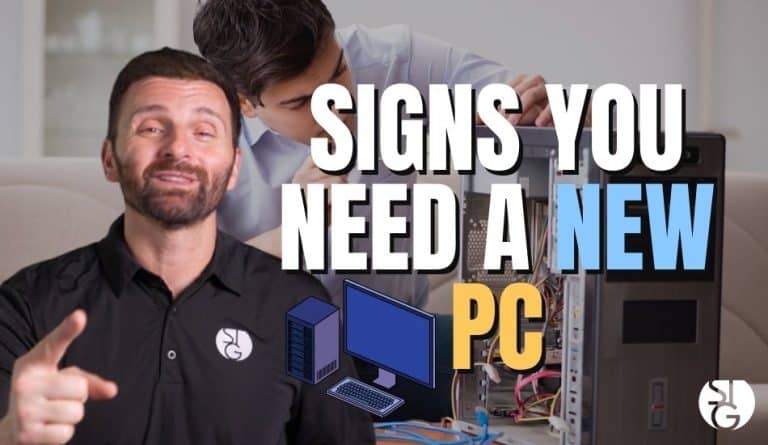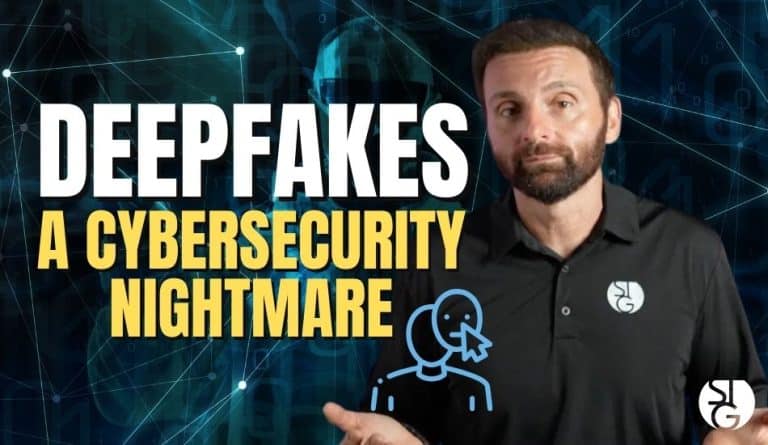Nowadays, regardless of the work you do, you probably rely on a number of different technologies. Should any of those technologies get too complex or just up and fail on you, you need someone to help support them. Today I’m going to talk to you about Managed IT Services, and specifically, what you, the small business owner needs to be aware of when bringing in a company to tend to your business’ technology needs.
Some businesses can afford to bring on an entire IT department. But if you run a small or medium sized business, bringing aboard a full IT Staff may not be feasible. You could potentially hire an IT engineer, but that one person likely doesn’t have the bandwidth to handle much more than putting out fires as they ignite. Long term planning, maintenance, and strategy are likely going to be too much for that lone IT warrior. Believe me, I’ve been that guy.
You might’ve come to the conclusion that one IT staffer doesn’t really cut it. So, you plan on handling things yourself. Which is great, until you realize you’re not any sort of Bill Gates after all. Setting up staff email addresses is taking away the precious time you have from, you know, actually running your business.
Since neither of those options are ideal, what does that leave?
There’s a solution that many others in the SMB space have turned to with fantastic results: Managed IT Services.
So what does that mean exactly? Great question!
Whether you currently or previously have worked with a Managed IT Services Provider (MSP), we’ll discuss what’s involved with that. From there, you should be armed with plenty of info to decide if managed IT services are a good fit.
In the simplest of terms, Managed IT Services involves an agreement to provide your organization with ongoing support for a flat monthly fee. That fee will vary depending on your organization’s needs. For a more in-depth look at MSP pricing, check out our blog post discussing that very topic.
When your organization hires an MSP, instead of having an internal IT department, the MSP essentially becomes your IT department. Don’t think of an MSP as an outside vendor, but rather an extension of your business. They’re now your CIO, IT Manager, and all levels of IT Support Staff. Via their MSP, small-and-medium businesses now have access to Senior Level IT Staff that may not have been feasible otherwise.
With Managed IT Services, your business will receive a combination of both remote and on-site support. Especially with the expansion of remote work, an MSP is extremely well positioned to support your staff regardless of geography.
We’ve found that the vast majority of IT requests and support issues can be handled remotely. This offers MSP clients a speedy resolution about every 4 out of 5 times. To resolve the remaining issues, a technician is dispatched to the client’s location. A reputable MSP will provide this level of personalized service.
We assign a primary resource to each client with the rest of our team on hand to back them up. In the event a primary technician is unavailable, unlike when a company has a lone “IT Person,” an MSP has additional staff available to handle the load.
Your MSP always has a pair of eyes on your IT infrastructure, ideally with a number of automated processes and alerts. This way, the most important maintenance tasks are automatically handled and the MSP is immediately alerted if something looks awry.
There are a few ways your MSP keeps tabs on your IT environment without the need to physically be where you conduct your business.
This is especially helpful in a hybrid work environment. The primary means is via a Remote Monitoring and Management, or RMM Tool.
RMM is effectively what we, as an MSP, use to keep tabs on your environment 24/7. This set of tools and processes is what we’ll use to keep everything up to date as well as alerting us when something may not be doing so well.
Additionally, it’s our first line of defense against cyberattacks. It’ll also let us know when any of your systems are experiencing an issue or are just in need of routine maintenance.
Next, your MSP will employ a suite of tools including Antivirus, Email Protection, Firewalls, and Web Filtering as part of their Endpoint protection efforts. These tools ensure that threats are detected and neutralized before they can cause damage. This is the foundation of the multi-layered security framework required to protect yourself from rapidly evolving cyberthreats.
One of the biggest benefits of working with an MSP is staff redundancy.
You get access to a qualified, primary technician to assist you with your IT needs. Additionally, you get the backing of a full IT company to ensure you’re always able to receive that support when you need it.
In-house staff will inevitably have some valid reason as to why they may be unavailable, but an MSP will have backup technicians, and full documentation at the ready for when issues arise. When your primary resource is not able to immediately hop on and help, you can rest assured knowing you’re covered.
With remote monitoring and management tools, your endpoint protection suite, and a team of engineers available to tend to your needs at any time, an MSP can take care of your essential IT needs.
So, that’s my first post in the series: Everything You Ever Wanted To Know About Managed IT. Subscribe to our blog so you don’t miss the next one!
If you’re ready to get started, click here to schedule a free 15-minute meeting with Stan Kats, Founder and Chief Technologist.
STG IT Consulting Group proudly serves Greater Los Angeles and surrounding areas for all of your IT needs.
We look forward to meeting with you!




